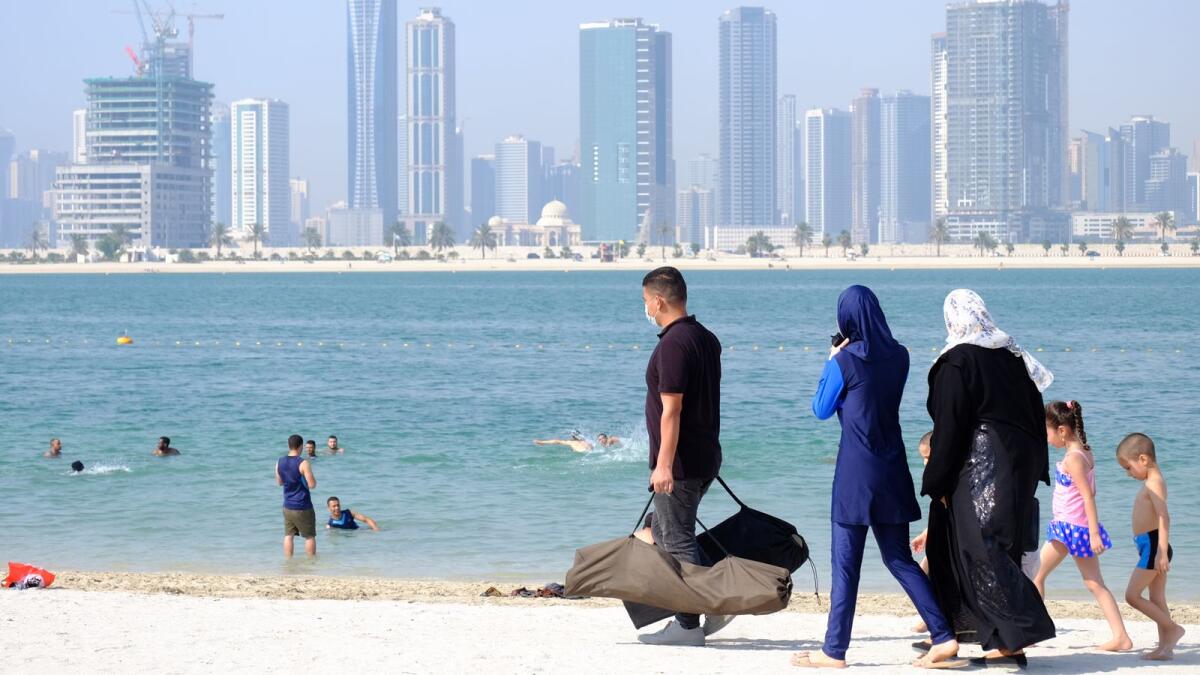Drowning incidents are a leading cause of death in children, and in some cases, water inhalation can lead to dry drowning. A recent incident in Dubai’s Al Mamzar Beach involved an 8-year-old boy who experienced dry drowning after inhaling water while playing near the shoreline. A rescuer performed artificial respiration, saving the boy’s life. Jessie Campos, a former senior lifeguard, emphasized the importance of recognizing signs of dry drowning and highlighted the need for basic life support awareness among families and schools.
Dry drowning can occur when water enters the airway, triggering a reflex known as laryngospasm, which seals the airway and prevents water from entering the lungs. This can lead to disrupted breathing and, in severe cases, cardiac arrest. Dr. Raiza Hameed, a pulmonologist, explained that children with underlying respiratory conditions or neurological disorders are more susceptible to complications from water inhalation. Recognizing the symptoms of dry drowning, such as difficulty breathing and persistent coughing, is crucial for timely intervention.
In cases of drowning, caregivers must remain calm, assess the situation, and recognize the symptoms of drowning in children. Immediate action, including calling emergency services and monitoring the child’s breathing, is essential. CPR should be initiated if breathing becomes difficult or ceases altogether. It is crucial to position the child comfortably and upright to facilitate breathing. If a child is found submerged in water without a pulse, CPR should be started immediately while alerting emergency medical services.
Prevention is key to avoiding drowning incidents, and community education programs should include CPR training, swimming lessons, and water safety techniques. Caregivers must stay informed about the risks of drowning and be prepared to assist children in case of emergency. By understanding the symptoms of dry drowning and knowing how to respond effectively, caregivers can help prevent tragic outcomes in water-related incidents. With proper awareness and training, lives can be saved, and children can enjoy water activities safely.











